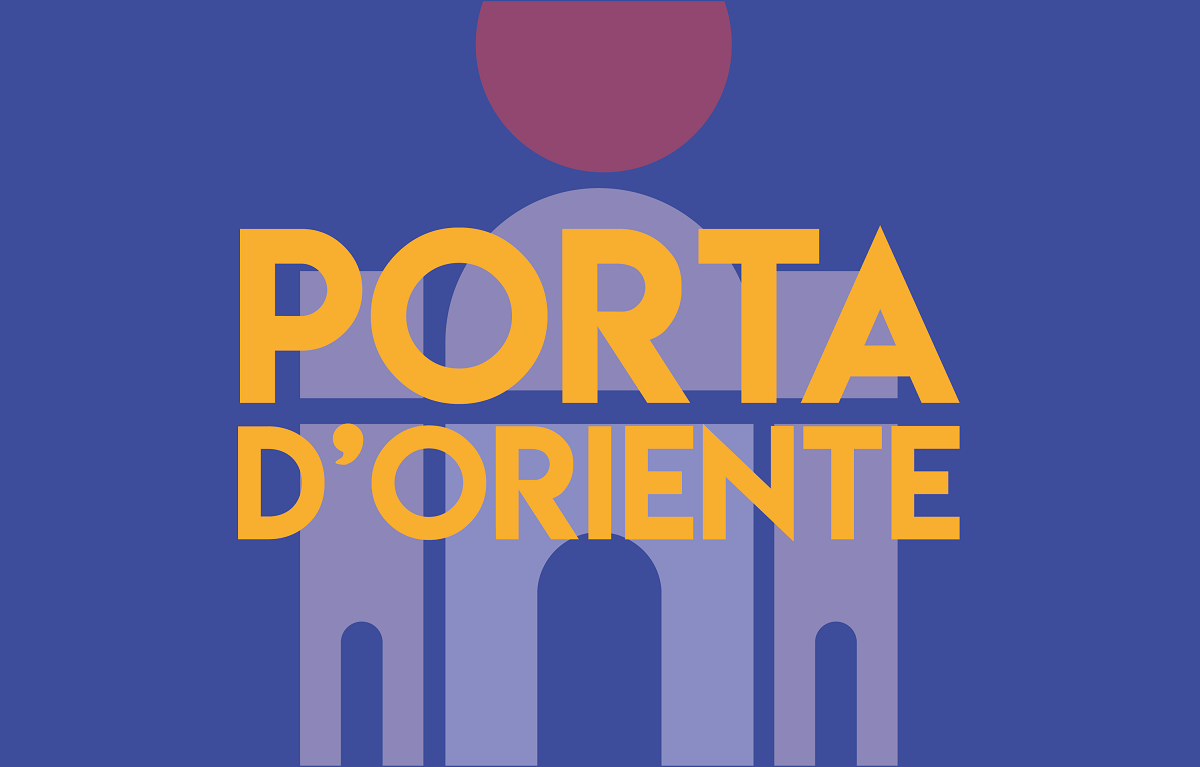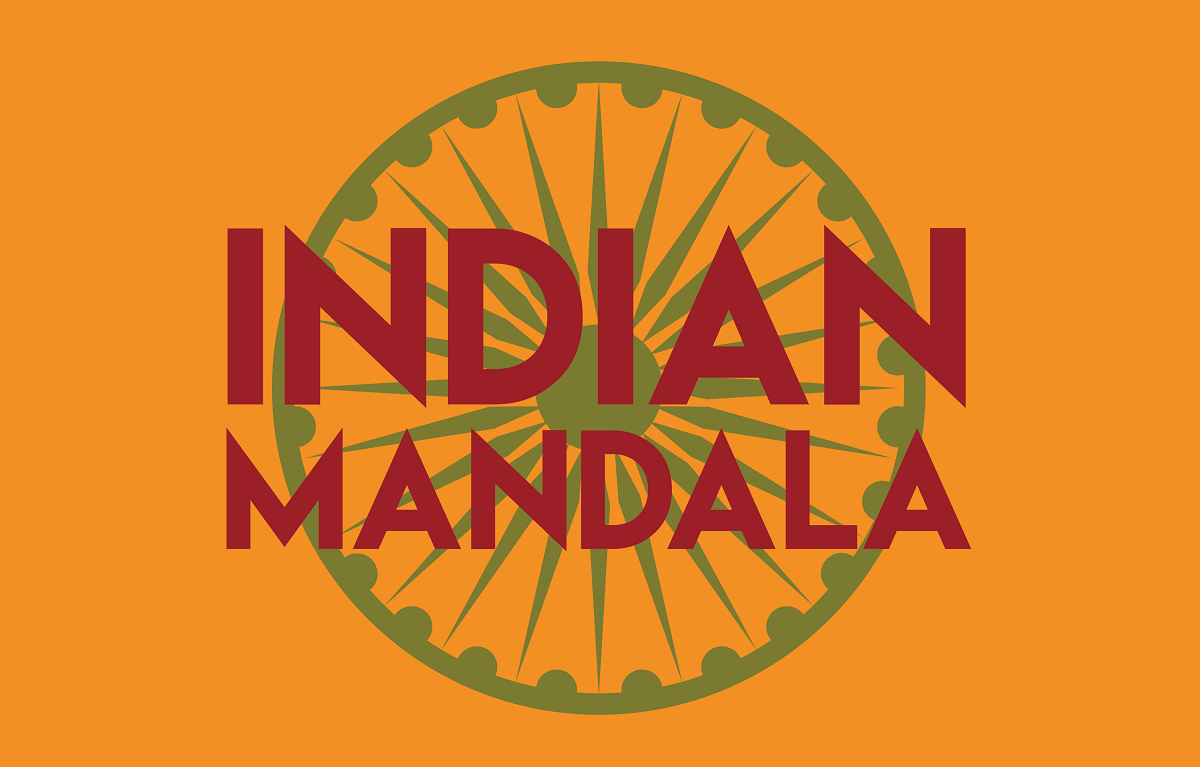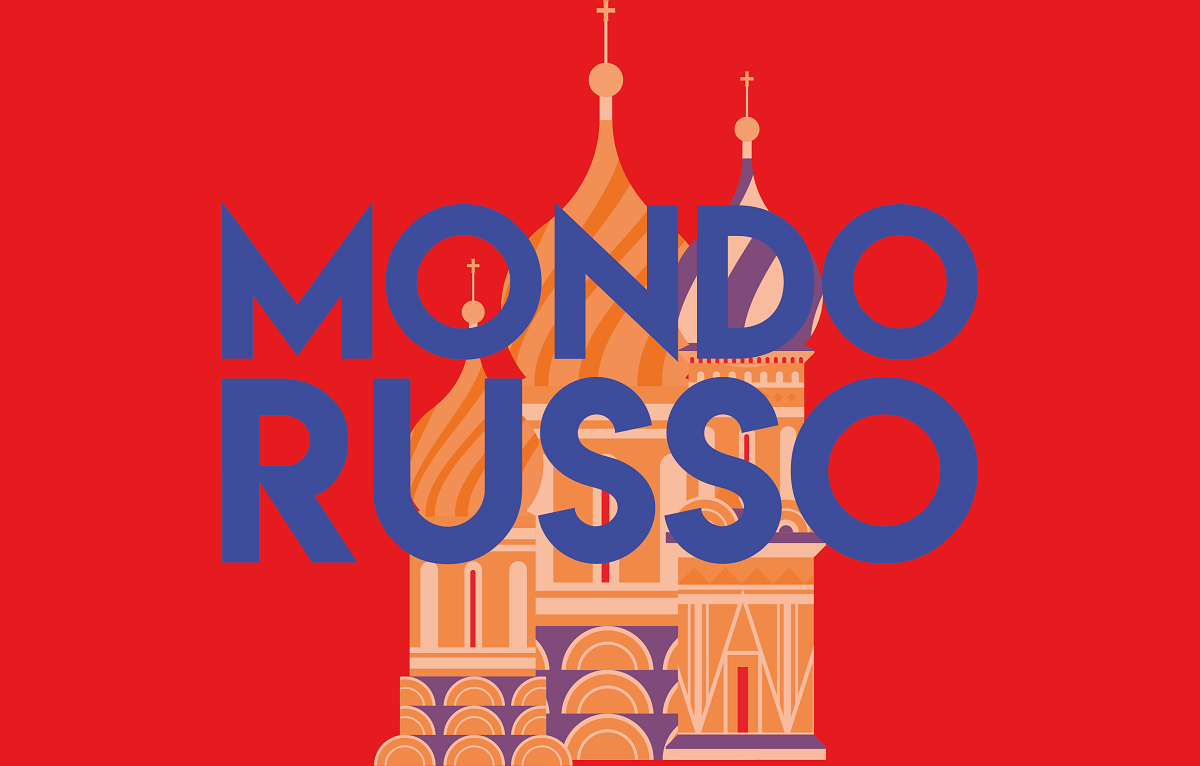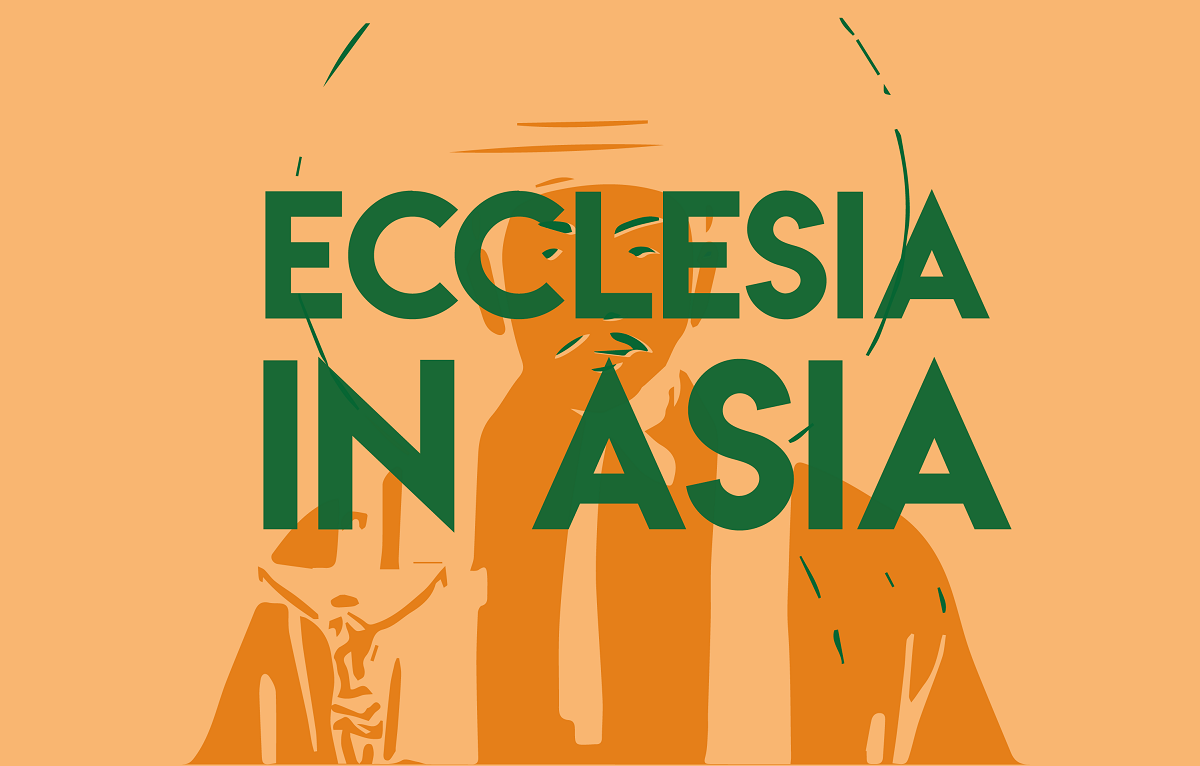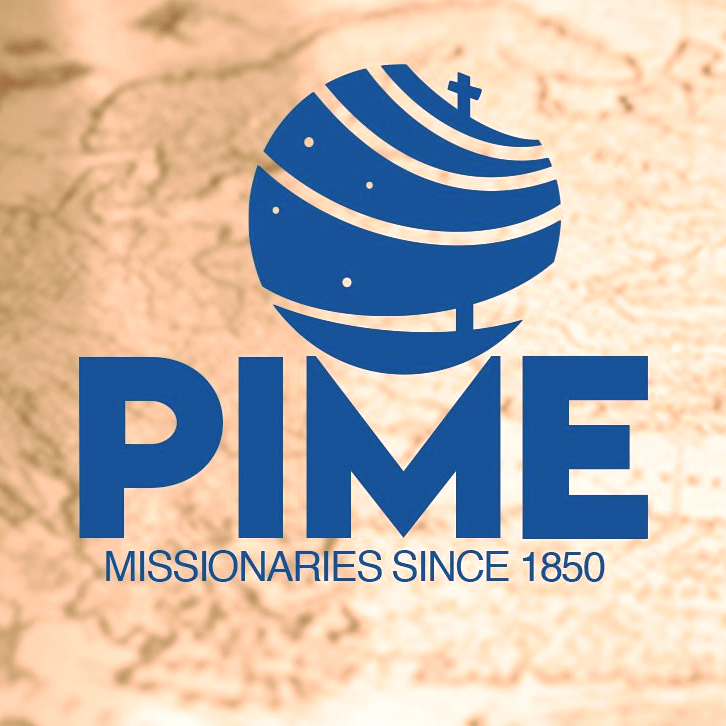Ukraine's bloody Easter
For Orthodox Christians, Holy Week – which this year coincides with Catholic Holy Week – is the ‘True Week’, the week that speaks of the ultimate truth about the destiny of mankind. Perhaps this is why Putin's Russia has decided to unleash its full military might on Ukraine at this particular time. Meanwhile, the website of the Moscow Patriarchate links Easter to May 9, Victory Day.
This year Holy Week coincides for Catholics and Orthodox Christians, who call it ‘True Week’, the days of the definitive truth about the destiny of mankind, in comparison with the Passion of Christ. Perhaps this is precisely why Putin's Russia has decided to unleash all its military might on Ukraine, to show its true, apocalyptic face.
The week began with Palm Sunday, another joyful ceremony that unites Christians of the Eastern and Western traditions, and the Russians turned it into a Sunday of the Dead, with 34 killed in Sumy, including two children, struck by two cluster missiles as they were going to church to wave the verby, the willow branches that in these regions replace olive trees or palm trees, or simply walking in the long-awaited spring weather after the long winter freeze.
Even the World Council of Churches, the highest ecumenical body in the world, which until now had tried not to exclude Russian Orthodox Christians entirely from universal communion, reacted with great concern to the events in Sumy, declaring that ‘at the beginning of Holy Week, the feast of Jesus‘ entry into Jerusalem has been transformed in the Ukrainian city of Sumy into a massacre of the defenceless population, a day of sorrow and weeping because of Russia’.
The Council also recalls the massacre on 4 April in Krivoj Rog, another important and symbolic city in Ukraine, where a Russian ballistic missile killed 19 people, including nine children, in a direct attack on the civilian population. It is disheartening and unbelievable that ‘even on such holy days, human cruelty does not abate and continues to claim innocent victims,’ inviting the international community to ‘bring those responsible to justice by all means possible.’
The new bloody Russian offensive is unfolding just as negotiations are taking place with Donald Trump's United States, which, instead of bringing peace closer, seem to be producing even greater disasters, after humiliating the Ukrainians and their president Volodymyr Zelenskyj, suspending aid and protection for them, and praising Putin for his ‘realism’ and willingness to engage in dialogue.
Those responsible for this drift are clearly not only in Moscow, but also in Washington, even if Trump's ‘spiritual father’, Pastor Mark Burns, calls Putin ‘the evil to be condemned’, himself appalled by the attack on a day that ‘should be dedicated to prayer and spiritual renewal for Christians around the world’.
He assures us that ‘the President of the United States wants these evils to stop and peace to be established as soon as possible’, but events seem to clearly contradict this desire, and in fact Trump himself condemned the massacre in Sumy, but also added that ‘I have been told that the Russians made a mistake’.
In reality, there is no mistake, and the symbolic date itself highlights, as always, the authentic will of Putin and his executioners: to destroy and kill on the day when we begin to celebrate the Passion is to imbue their actions with extreme religious significance. In this, the Russians never make a mistake.
They know how to give a ‘sacred value’ even to the most negative and dark events, transforming extermination into divine judgement, as has happened so many times in Russia's ancient and recent history. The coincidence of the Easter dates must have stimulated this apocalyptic ritual psychosis, which involves not only the president, politicians and the military, but also the clergy, from the patriarch to the monks and army chaplains.
The Rossijskaja Gazeta recently published an interview with one of Russia's leading military chaplains, Father Vasily (Ageev), who stated that ‘it is precisely when we unite in combat and pray together for the final victory over the enemy that we understand that God is with us’.
As he recounts, soldiers often ‘ obey the priest more than the commander,’ almost attributing to themselves the credit for the recapture of Sudža, the town in the Kursk region occupied by the Ukrainians, which Russian news reports have described in triumphant tones, telling of soldiers who crawled through narrow, poisonous pipes to reach the other side of the front, resisting thanks to divine blessing.
Father Vasily has been cultivating this military-religious vocation since 2014, when he was studying at the seminary and wanted to leave to go and fight in Donbass, to take part in the ‘Russian spring against evil’, but had to be hospitalised for an illness that seemed incurable.
He then vowed to the Lord that he would become a priest if he survived, and his body miraculously recovered. He then sought to combine his vocation to the priesthood with that of holy war, responding to the first call from the Moscow Patriarchate to make themselves available to accompany soldiers to the front in Ukraine.
He explains that ‘today there are special courses for priests who want to become military chaplains in Moscow and St Petersburg,’ where they are taught tactics and medicine, how to defend themselves from drones and use gas masks, and also learn the rules of trench warfare, but he learned everything directly in the field, discovering that ‘in war you become a true believer,’ even uniting different religions such as Islam and Buddhism, always under the guidance of militant Orthodoxy.
In the Kursk region, net of mutual propaganda, clashes continue at various levels, with the Ukrainians still controlling the towns of Olešnja and Gornal, where a real ‘sacred’ target is located, that of the monastery of St Nikolaj Belogorskij. Some Russian Z-bloggers hastily rejoiced at its recapture, only to be contradicted by other sources, and Tass limited itself to reporting ‘moderate success’ for the Russian army in the monastery area, driving out the Ukrainians who had destroyed some of the monastery buildings, without offering any concrete evidence.
Other Russian media then began to talk about ‘ underground passages' that offer Ukrainians escape routes and control of certain areas, as if they were Hamas terrorists in the Gaza Strip.
However, this possibility was denied by the monastery's superior, Hieromonk Meletij, who fled with all his fellow monks and recounted how Ukrainian forces had established their operational base in the monastery to control the border area. He specified that ‘there is only one large basement,’ and if they want to flush out the enemy, ‘it will be necessary to destroy the entire monastery,’ making this clash yet another ‘apocalyptic trial.’
Meanwhile, the massacres of ‘Corpse Week’ continue in other areas such as Dnipro and Kherson, with relentless bombing that has left dozens wounded and an unknown number dead, including several children. The city of Dnipro has a population of around 900,000, and its urban centre has been devastated by fires that have damaged homes, schools, hospitals, cultural centres and hundreds of cars.
Meanwhile, phone calls and meetings continue between the leaders of the US, Russia, France and others, with visits to the American emperor to discuss future agreements, while President Zelenskyj invites them to go and see what is happening in Ukraine.
It is now Easter, but the Russians are extending the celebrations until 9 May, Victory Day, and an article by one of the leading interpreters of Russian political theology, Aleksandr Šipkov, rector of the Orthodox University of St. John the Theologian and advisor to the Duma presidency, entitled ‘Victory in the paradigm of Russian sacredness’.
It explains that ‘on Victory Day, triumph is united with tragedy, the joy of having overcome danger and the sadness of memory, that is to say, a cultural symbol on several levels’. This symbolism in Russian culture is linked to ‘a whole complex of sacred symbols’, including the link between the Victory in 1945 and that of Christ's Easter, which is ‘at once suffering and redemption’.
In Soviet society 80 years ago, despite the influence of state atheism, according to Šipkov, ‘ a sense of the transcendental nature of war sacrifice was formed, and it could not have been otherwise,’ specifying that “our Victory is not only a legitimised institution and a ritualistic complex, but a practice of theosis, of transfiguration and elevation to God, of giving oneself to one's friends.” And transforming the Psalms into Salms, in a hymn to the new sacredness of Russia.
RUSSIAN WORLD IS THE ASIANEWS NEWSLETTER DEDICATED TO RUSSIA. WOULD YOU LIKE TO RECEIVE IT EVERY SATURDAY? TO SUBSCRIBE, CLICK HERE.
11/11/2023 19:54
18/05/2024 09:47
04/05/2024 11:24
20/04/2024 10:24





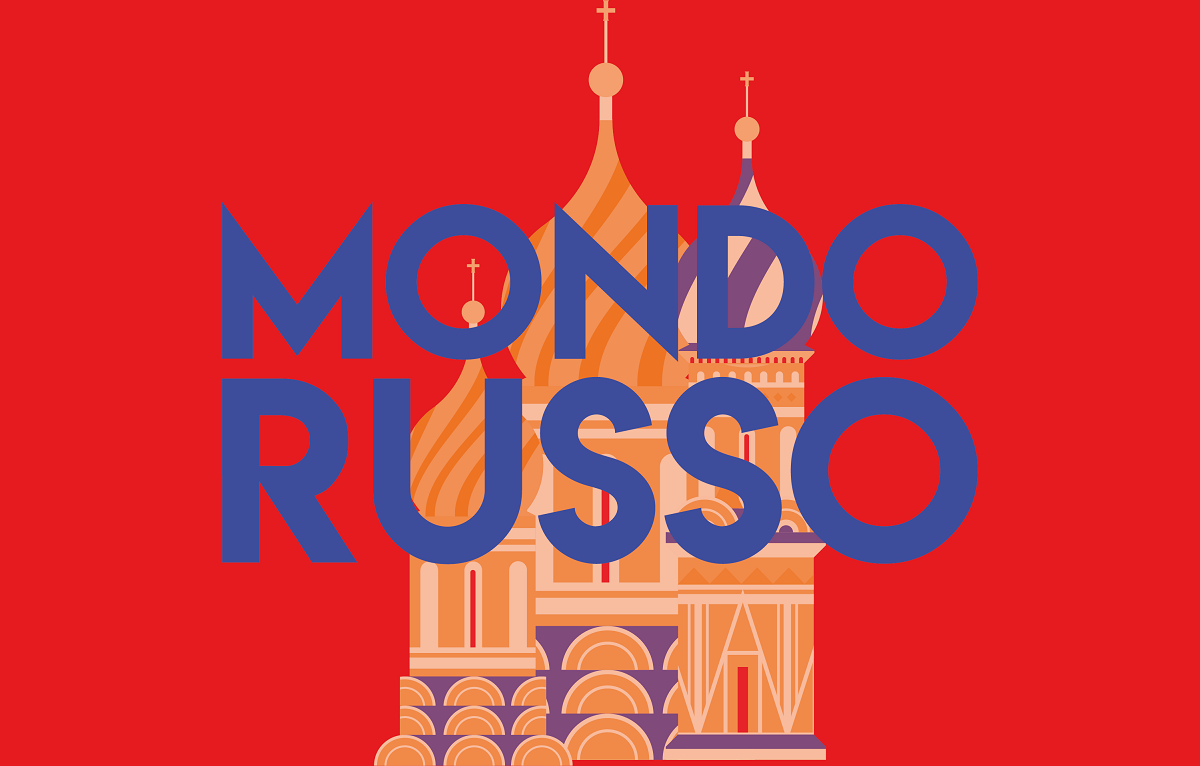

.png)
